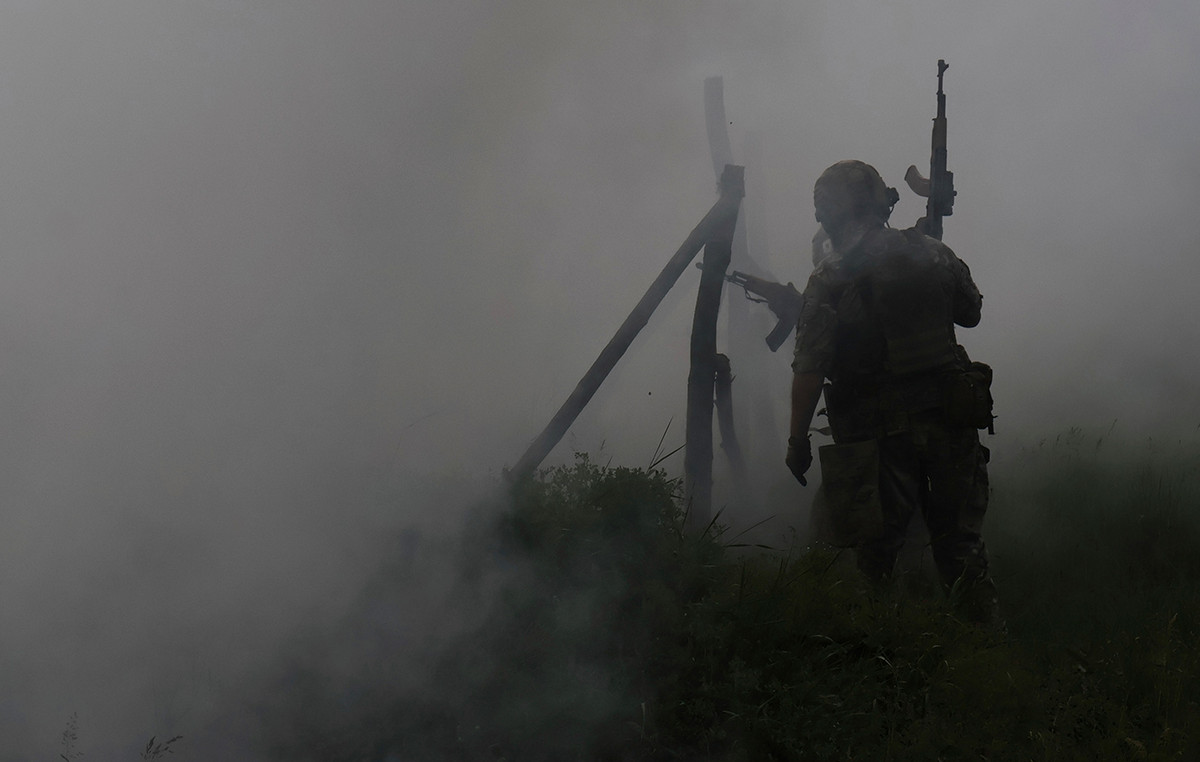The accelerated growth in the Brazilian Amazon’s degradation, caused mainly by fires, overshadowed the significant drop in deforestation between 2022 and 2024. This “negative balance” to the protection of the biome compromises the international goals to combat the country’s climate crisis, which this year is the headquarters of the United Nations Conference on Climate Change (COP30).
The warning comes from an article published in the magazine “Global Change Biology” by scientists from the National Institute for Space Research (INPE) in partnership with the University of São Paulo (USP) and United Kingdom institutions and the United States.
While deforestation completely removes native vegetation coverage, degradation weakens the forest without completely destroying it. This is the case, for example, of the selective cutting of trees.
According to the study, the Amazon degradation alerts rose 44% from 2023 to 2024 – 163% compared to 2022. This means that last year 25,023 km2 of forest were degraded, about 66% by forest fires. It is an area larger than the state of Sergipe.
In the opposite direction, deforestation fell, respectively, 27.5% and 54.2%, representing the lowest increase in ten years. There were 5,816 km2 deforested in the period for 2024, according to data from the Brazilian Amazon Rainforest Monitoring Program (Prodes), from INPE.
“Degradation is a more difficult process to identify than deforestation because it occurs while there is still the forest standing. It is mainly due to fire, which in the last two years has been aggravated by the drought scenario in the Amazon. There is also the selective cut of trees and the edge effect. All of this diminishes the ecosystem services provided by these forests. Postdoctoral student in the Earth Observation Division and Inpe Geoinformatics.
The impact of drought
Between 2023 and 2024, a strong drought reached the Amazon, with precipitation deficits of 50 to 100 millimeters per month; Increased temperature above 3 ° C and delay in the rainy season, leaving the rivers at minimum levels. With this, the biome last year recorded the largest number of heat outbreaks since 2007 – there were 140,328 in total.
For researcher Luiz Aragão, who also signs the work, the importance of the study was to demonstrate that today satellites – critical space technologies for the country and used in the Inpe monitoring system – already allow the detection of degradation processes.
“These processes have been compromising the integrity of our forests in a silent way. Technologies currently confer not only the ability to monitor events, reporting associated carbon emissions, their impacts on the environment, population and planetary climate, but also allow strategic planning for sustainable and low carbon territorial management,” says Aragão, who also coordinates the FAPESP program on global climate research.
It is added: “Brazil’s leadership in the international scenario regarding actions to combat climate change and loss of biodiversity depends on effective responses to forest degradation. Reporting emissions associated with these processes is a path without return within national greenhouse gases. Therefore, the intensification of control measures, with the implementation of consistent policies that address this process, becomes a national priority”.
CO2 reduction goals
Brazil was the first country to deliver to the United Nations Framework Convention on Climate Change (UNFCC) to the new nationally determined contribution (NDC). In it, it is committed to reducing the net greenhouse gas emissions by 59% to 67% by 2035 compared to the 2005 levels (850 million to 1.05 billion tons of equivalent CO2).
NDCs are the goals of each country to reduce greenhouse gas emissions and prevent the average increase in global temperature from exceeding 1.5 ° C as established in the Paris Agreement. They must be reviewed and updated to COP30, which takes place in November, in Belém (PA).
Although it does not fully remove native vegetation, degradation degenerates the “left” forest, affecting biodiversity and reducing the ability to provide essential services such as carbon capture and water cycle regulation, vital functions for ecosystem resilience.
Previous research has already shown that almost 40% of forests standing in the Amazon are degraded by factors such as fires, edge effect, illegal wood extraction and extreme drought events, further emphasizing the scale and importance of the problem.
In this scenario, carbon emissions from gradual vegetation loss – between 50 million tons and 200 million tons per year – were equivalent or even larger than deforestation – between 60 million tons and 210 million tons/year.
In the article published now, scientists suggest that efforts are adopted to improve fire management along with large -scale restoration and reforestation projects.
Another way is an integration of these carbon credit market strategies, creating financial incentives for land, companies and local communities to adopt sustainable practices.
They also point out challenges in the improvement of screening and quantification of degradation, as well as the creation of mechanisms to hold responsible.
The full article can be read here.
This content was originally published in Amazonian degradation grows 163% in two years, while deforestation falls on CNN Brazil.
Source: CNN Brasil
I’m James Harper, a highly experienced and accomplished news writer for World Stock Market. I have been writing in the Politics section of the website for over five years, providing readers with up-to-date and insightful information about current events in politics. My work is widely read and respected by many industry professionals as well as laymen.







